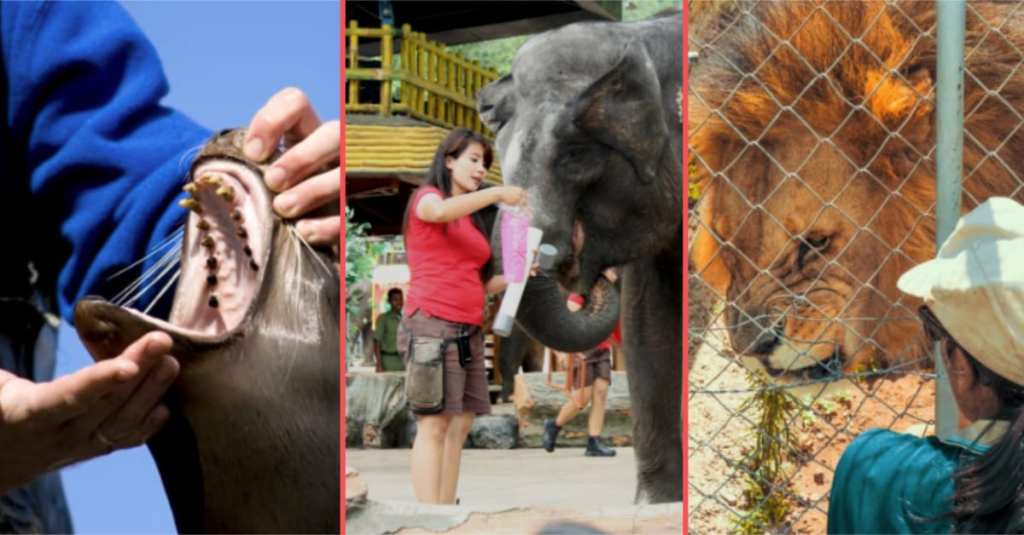I don’t know about you, but I love learning little behind-the-scenes secrets about all kinds of jobs and elements of society that are foreign to me.
And I mean, combine that with zoos and zoo animals, and I feel like we’ve got a winner with this one!
If you’re curious what goes on behind the scenes at your local zoo, keep reading – we’ve got 8 fun facts below!
8. Keepers work hard on “enrichment.”

Image Credit: Pexels
Managing animals at a zoo is about more than keeping them fed and alive – it’s about keeping them as happy and engaged as they would be in the wild.
“Enrichment” is the process zookeepers use to encourage the animals to engage their minds and with each other. It might be a change of scenery, adding puzzles and other stimulants to the enclosures, or simply things that stimulate different or additional senses.
It’s important the animals have things to do to keep from getting bored.
The Fort Worth Zoo states that enrichment “increases the behavioral choices available to animals,” which should challenge their decision-making skills and just let them have a bit of well-structured fun in the process.
7. If you’re a naughty guest, the keepers will talk.
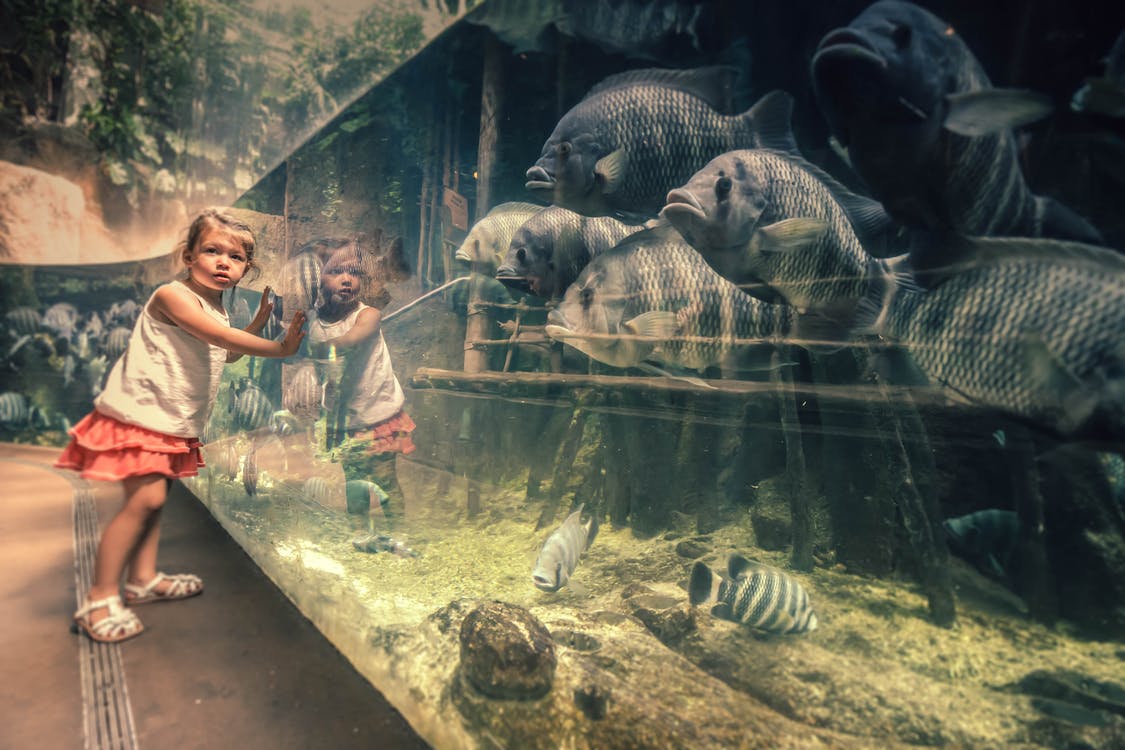
Image Credit: Pexels
There are plenty of rules in place at zoos, and most – if not all – are there to ensure the safety and comfort of the animals on display (and I suppose to keep guests safe, as a secondary goal). People love to break rules, though, which means someone is always tapping on the glass or tossing snacks into enclosures.
If you’re one of those people, the keepers will pass your description around so that everyone knows to keep an eye out.
One keeper explains,
“Depending on where they are, we might alert the next area down the line.
We’ll say ‘Hey, I saw these people disturbing the animals in this area and they’re heading toward your area.
Keep your eyes open.’ Each area will then make the call about how serious the situation is and whether they should call security.”
Those security guards will not hesitate to kick you out if you can’t fall in line.
6. Zoo veterinarians aren’t rolling in dough.
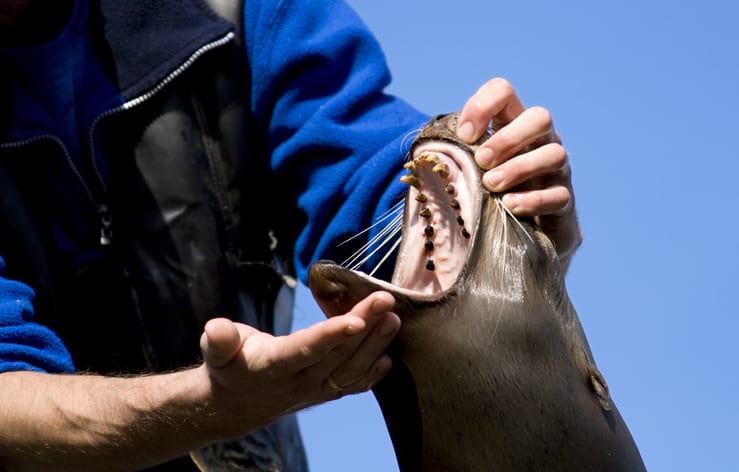
Image Credit: iStock
Data provided by the Bureau of Labor Statistics and the American Veterinary Medical Association says that vets who work at zoos actually make less money than private veterinarians. This is partly because zoos are generally not-for-profit businesses, and partly because there aren’t an infinite number of zookeeper jobs available over the world.
Dr. Suzan Murray, a zookeeper at the Smithsonian’s National Zoo, says she wouldn’t trade it, though.
“There is an exciting moment every single day. Each one is a little bit different, whether it’s coming up with a treatment for coral, diagnosing a problem in a Burmese python, or visiting an elephant we’re hoping is pregnant.
Every day offers a bounty of surprises.”
5. Lots of animals are not on display.
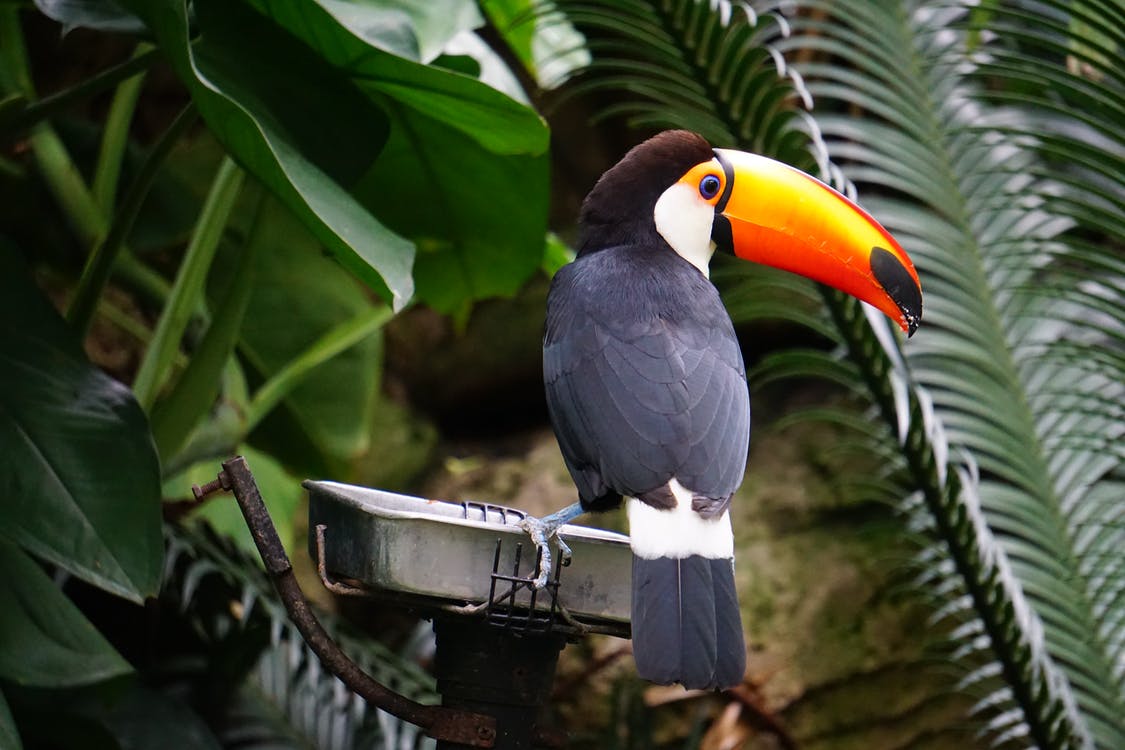
Image Credit: Pexels
There are all kinds of reasons animals are kept off display, whether they’re being saved for a different, educational purpose, are included in a breeding program, are sick, pregnant, nursing, or otherwise not fit to be stared at all day long.
Some departments are more likely to be hiding members, says one zookeeper – like “reptile, aquarium, and maybe bird areas.”
That’s mostly because they’re smaller and easier to hide than say, an extra elephant.
4. Captive breeding programs are incredibly intense.
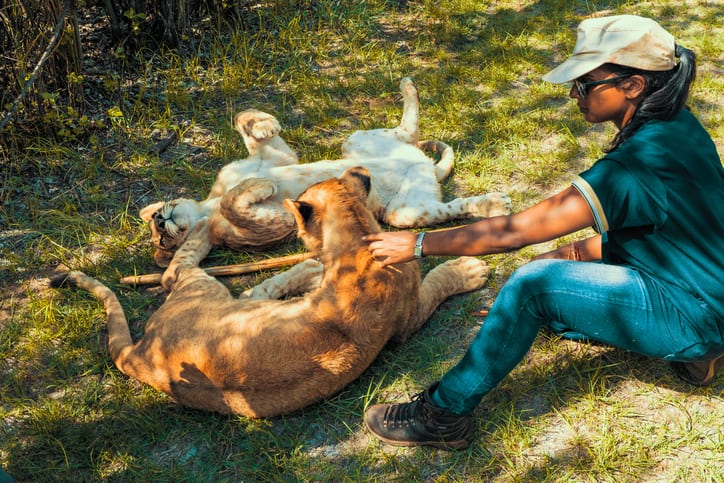
Image Credit: iStock
Mating of captive animals is generally coordinated between separate zoos, sometimes half a world apart. The environments must be controlled, the animals could be endangered, and the whole process is fraught with stress.
Breeding is important to conservation efforts, and they’re strictly regulated to ensure diverse populations. There are committees, approvals, and a bunch of other paperwork before anyone even thinks about getting the animals together.
Craig Saffoe, a National Zoo curator, managing breeding programs there for big carnivores.
“The first step is that we have to find two animals that actually get along together and are compatible breeding partners.
For that, we don’t just look at the current collection at the National Zoo.
We look at the whole zoo population within the United States.”
Once a match takes place, the animals can actually enjoy their first date.
3. It’s not easy (or cheap) to feed all of the animals.

Image Credit: Pexels
Zoos have high standards when it comes to food quality, with Kerri Slifka, a curator of nutrition at the Dallas Zoo, claiming they’re “probably pickier than some restaurants.”
Animal nutritionists are becoming more and more common at zoos around the world, and there’s been a push to standardize meal plans for certain species, too, which helps them to adjust when they’re moved between zoos.
Amounts of food are also a concern, money-wise – elephants eat up to 600 pounds of food every day once they’re grown. That adds up to around $15k per year, per elephant.
2. All zookeepers are dedicated to their jobs – and the animals.

Image Credit: iStock
Despite the mediocre pay and an industry that’s hard to break into, you won’t find a zookeeper out there who isn’t passionate about their job.
The San Diego Zoo’s HR department says they get hundreds of applications for a job to care for a single animal.
The average salary is around $29k a year.
Zookeepers love their jobs, though, and they’re a tight-knit community as well.
1. Pandas are ridiculously expensive.

Image Credit: Pexels
Giant pandas will draw a huge amount of visitors, and scoring a pair is a giant plus, but the pandas themselves present plenty of issues.
They’re finicky eaters who consume copious amounts of bamboo every day – the Toronto Zoo spends $500,000 Canadian dollars every year flying in bamboo from a Memphis-based supplier.
Another expense is paying to lease the animals from China for a decade minimum – a cost that tops $500k a year, currently – and if one of the pandas should die while away, China will assess a hefty find.
I miss the zoo, y’all!
What’s your favorite place to visit at the zoo? Don’t say the monkeys!

